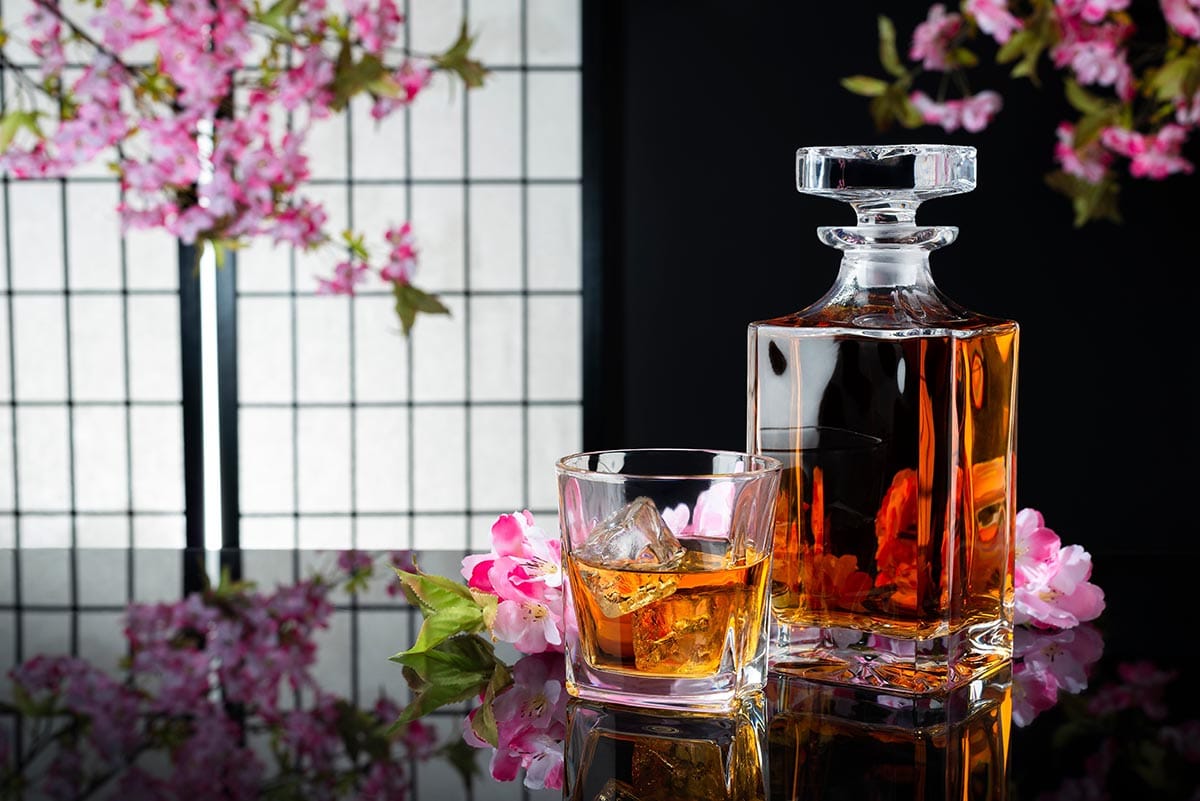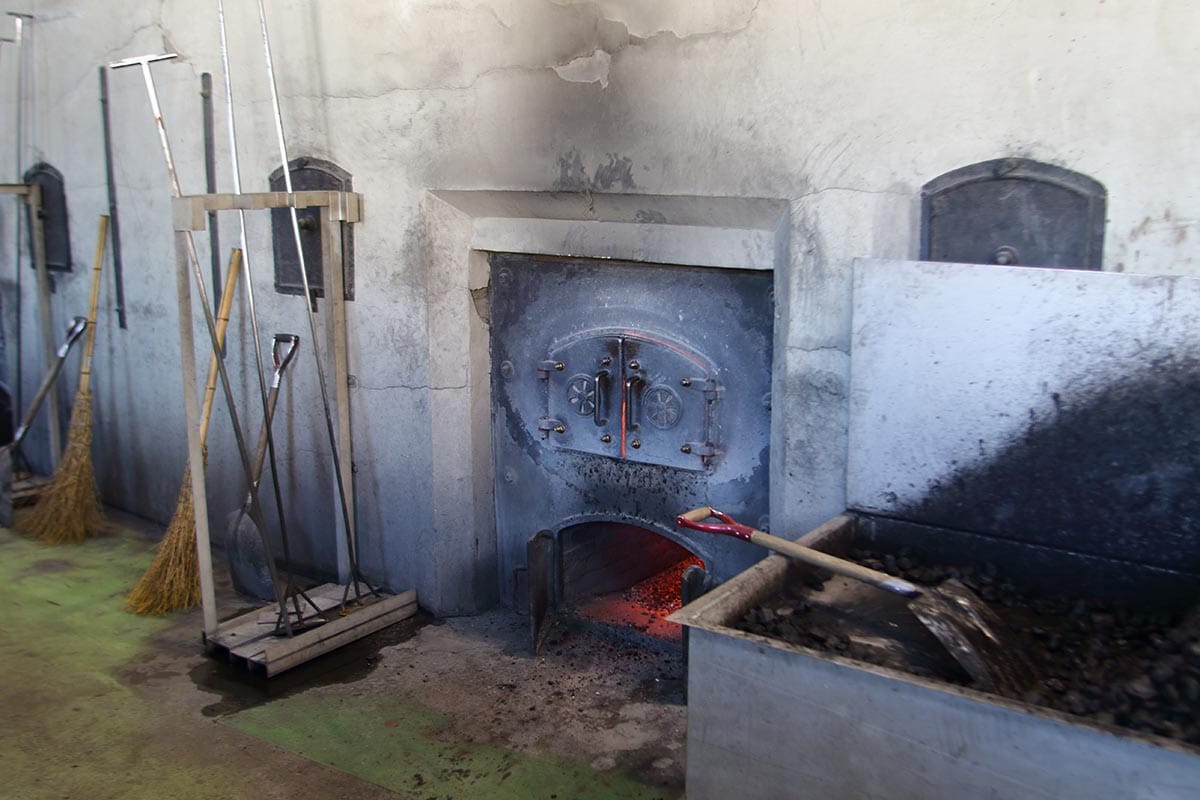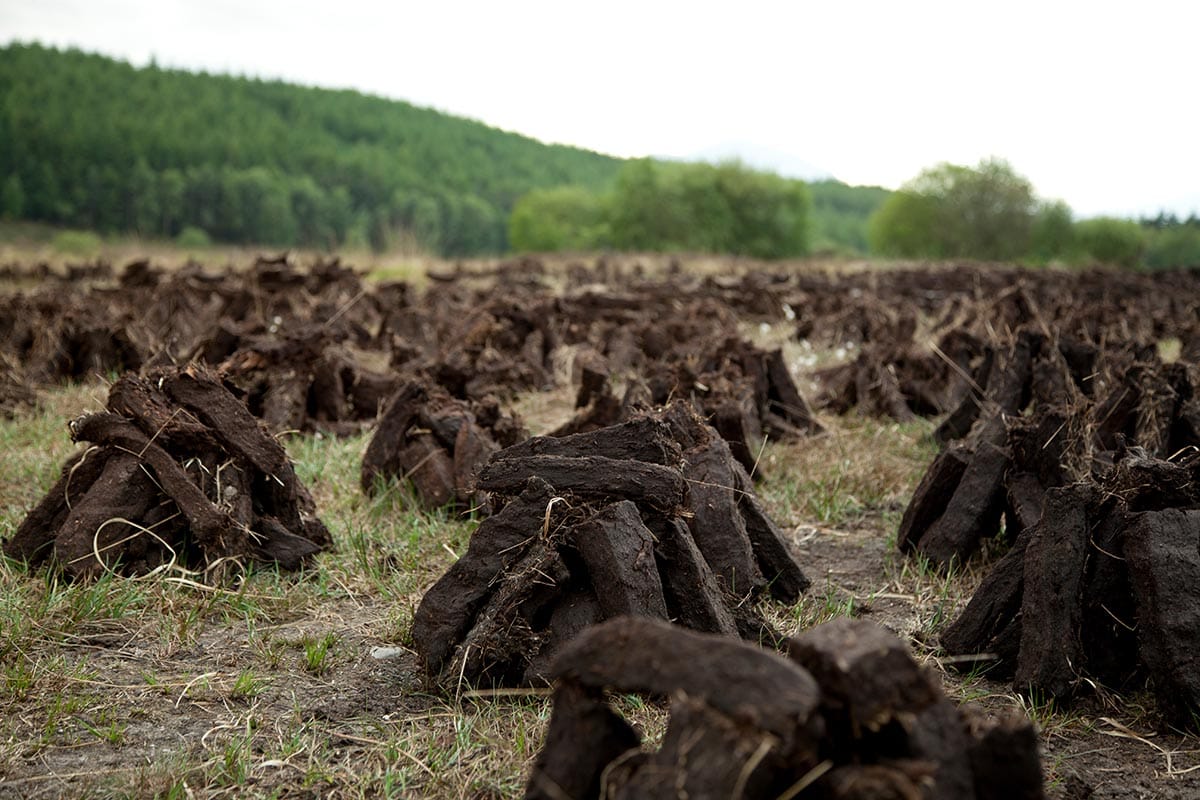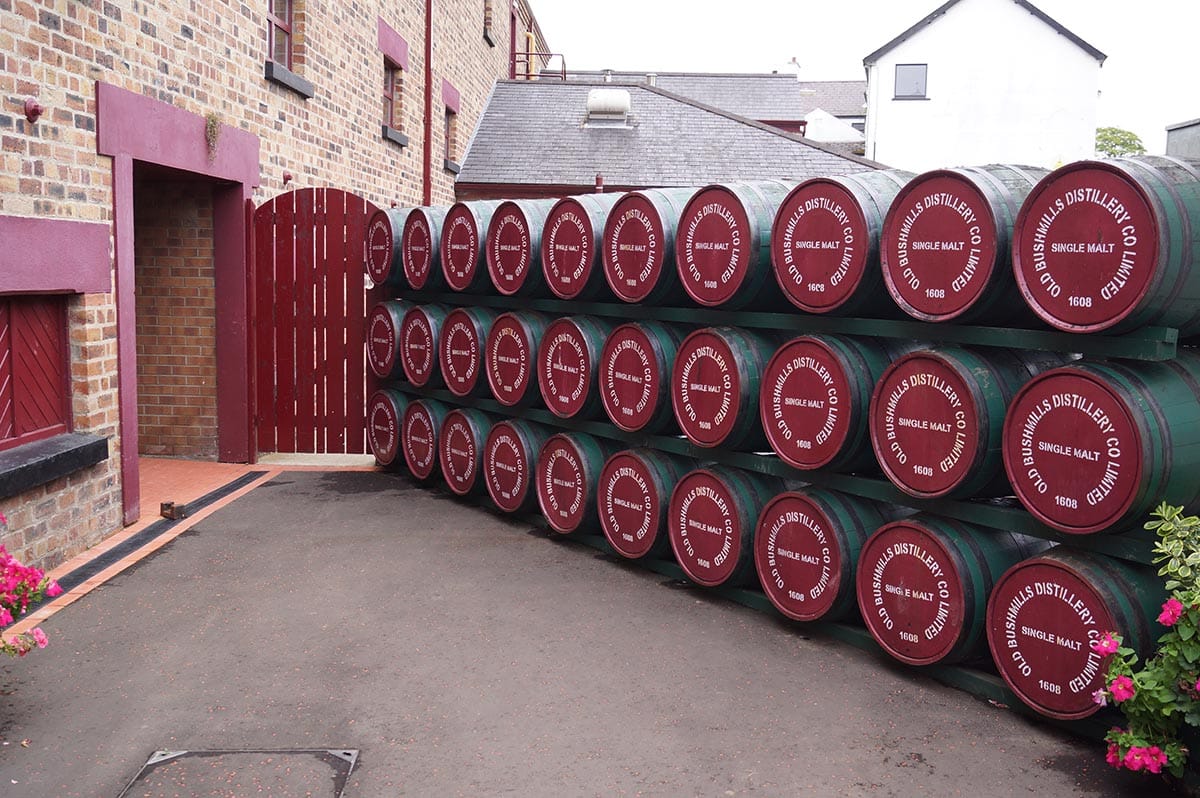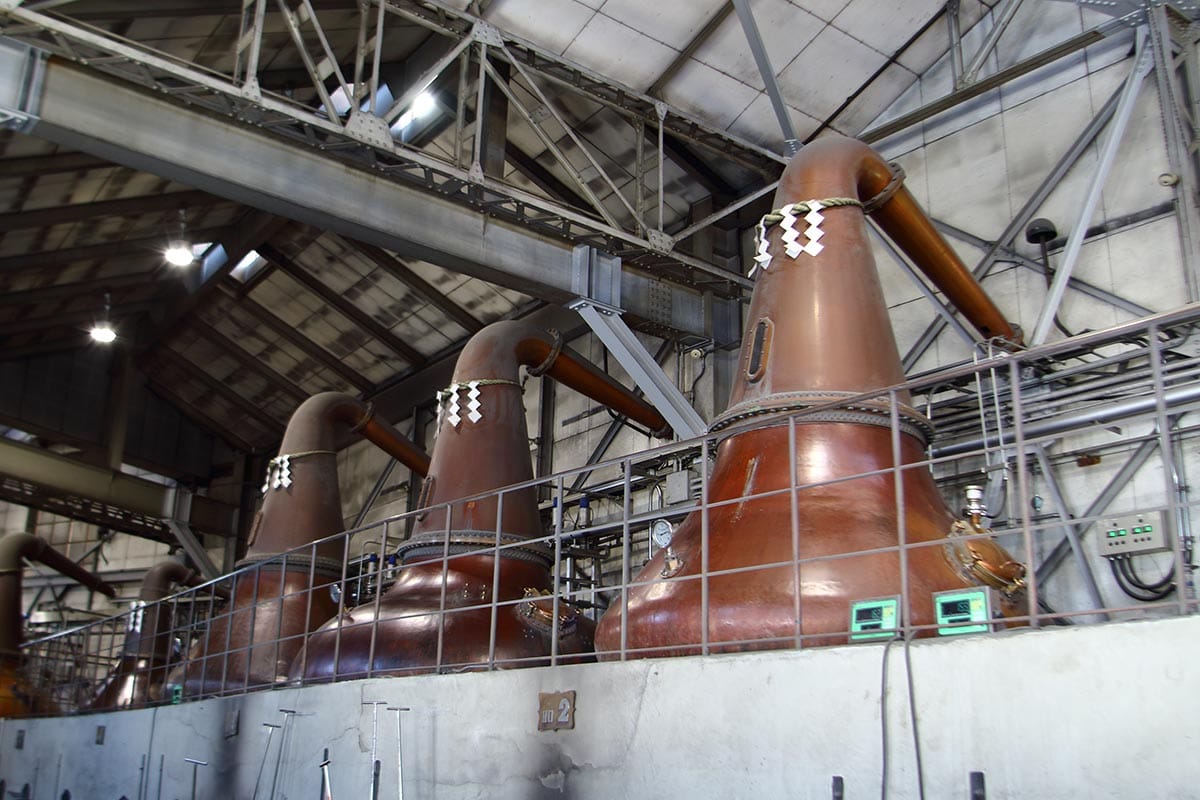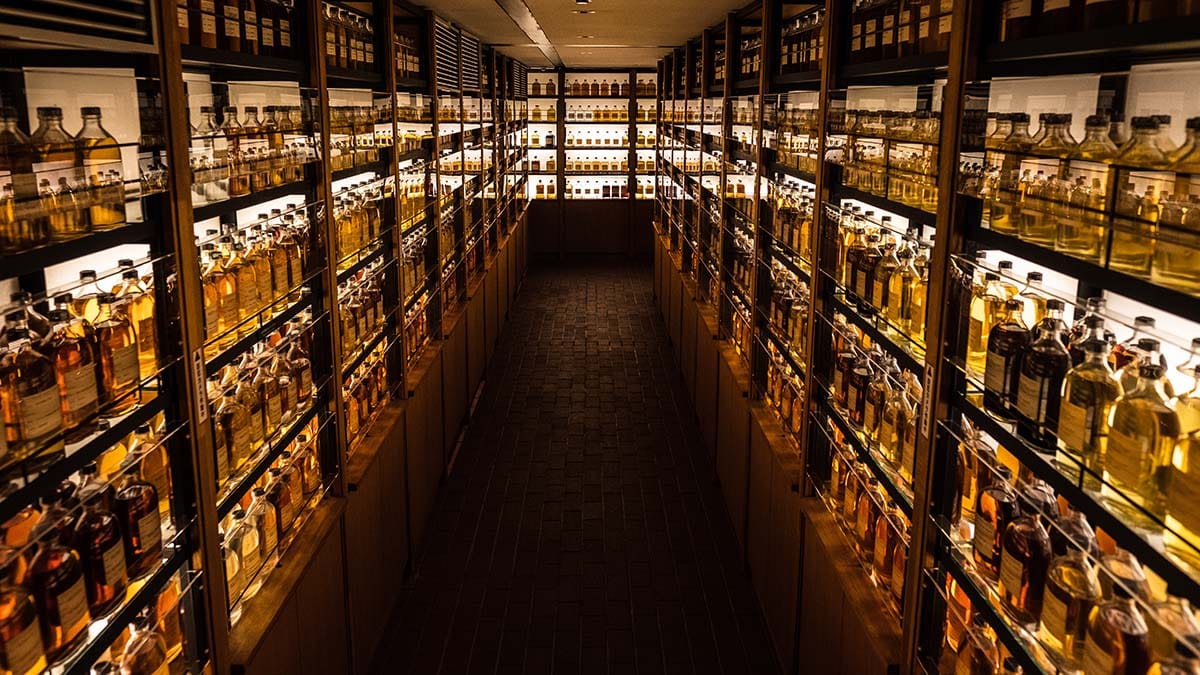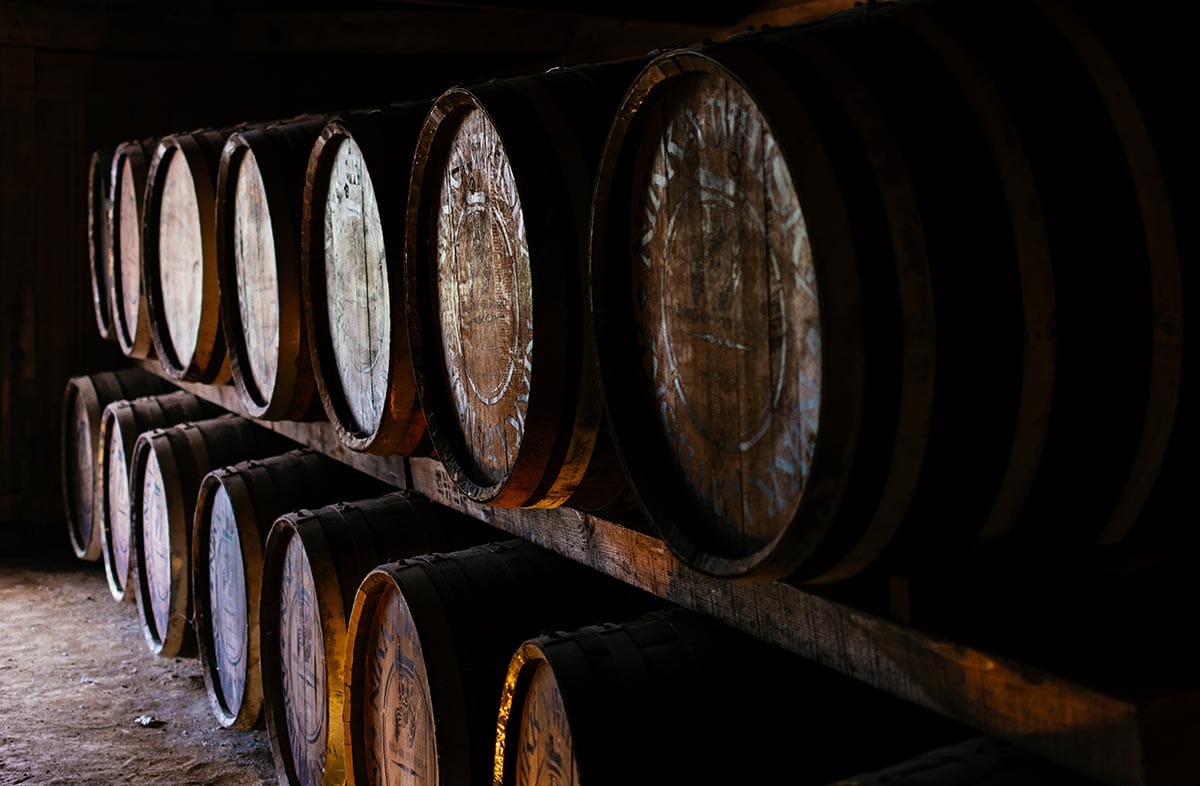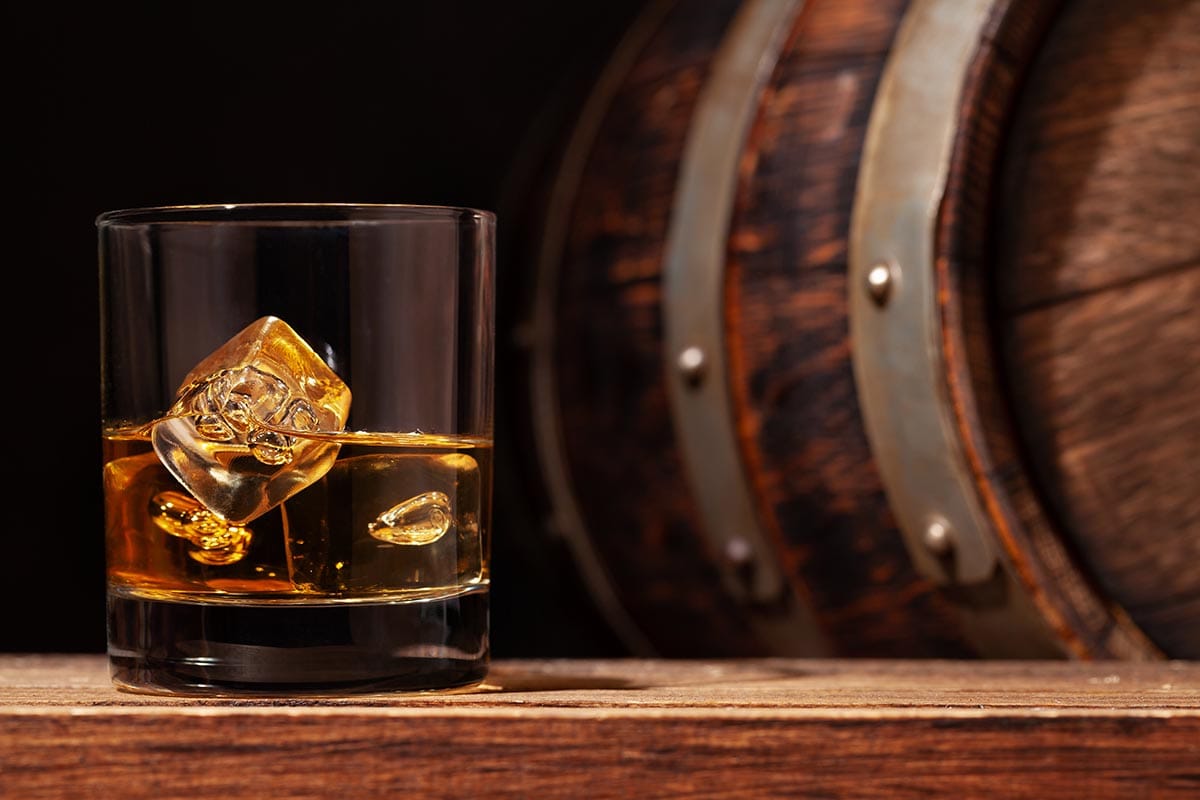Japanese and Irish cultures may seem polar opposites, at first glance; upon closer examination, intriguing similarities emerge — particularly in their shared appreciation for whisky. Both nations boast rich histories and distinct, time-honored customs that have shaped their respective whisky traditions into the celebrated global phenomena they’ve become, over decades.
Connoisseurs worldwide appreciate and celebrate the unique flavors and stories encapsulated in each sip of Japanese and Irish whisky, especially the rare variants, making them beloved symbols of craftsmanship and cultural pride.
Connoisseurs worldwide appreciate and celebrate the unique flavors and stories encapsulated in each sip of Japanese and Irish whisky, especially the rare variants, making them beloved symbols of craftsmanship and cultural pride.
Historical parallels and storied craftsmanship
The origins of whisky in both Japan and Ireland trace back centuries, steeped in craftsmanship and a reverence for customary ways. In Japan, whisky-making techniques were introduced in the late 19th century by pioneers like Shinjiro Torii and Masataka Taketsuru, who studied the art of whisky production in Scotland before returning to establish their own distilleries. Torii, the founder of Suntory, and Taketsuru, who later established Nikka Whisky Distilling and is largely considered the Father of Japanese Whisky, imbibed the essence of Scottish distillation methods and returned to Japan to apply their newfound knowledge. They meticulously adapted these techniques to suit Japanese ingredients and climate, laying the foundation for what would become widely acclaimed Japanese whisky craftsmanship characterized by elegance, precision, and a deep respect for tradition.
Similarly, Ireland has a long-standing whisky heritage that started with monks in the Middle Ages, credited with refining distillation techniques that have evolved over generations. These early distillers played a pivotal role in advancing methods that would eventually shape Irish whisky into the smooth, flavorful spirit it is known for today. Over the centuries, Irish distillers have honed their skills, blending innovation with tradition to produce whiskies that reflect the pastoral agricultural landscapes and cultural heritage of the Emerald Isle. The dedication to quality and respect for heritage continue to define Irish whisky production, ensuring that each bottle encapsulates the essence of Ireland’s storied whisky-making past.
Philosophies of mastery and patience
Central to both Japanese and Irish whisky cultures is a commitment to patience for the painstaking process and to mastery in crafting spirits of exceptional quality. In Japan, the concept of “kaizen,” or continuous improvement, permeates whisky production. Distillers scrupulously oversee every stage, from selecting the finest grains to aging the spirit in carefully chosen casks, to achieve a harmonious balance of flavors. Japanese distillers carefully select the highest quality grains and purest spring water. They fastidiously control fermentation and distillation, aiming to extract and preserve delicate flavors that define Japanese whisky; the aging process is equally detailed.
This dedication to detail mirrors the Irish approach to mastery, where whisky making is founded on blending tradition with innovation. Distillers emphasize the influence of local terroir and climate on whisky maturation, producing distinctively smooth and flavorful spirits. Distillers carefully select and blend grains, harnessing their unique flavors to create a balanced and flavorful spirit. Whiskies are often triple-distilled for added refinement and aged in a variety of cask types, allowing for a gradual maturation that enhances character and depth.
Overall, there are no shortcuts to crafting the famed whiskies of Japan and Ireland. Mastery and patience are vital, every step of the way.
Shared passion for quality ingredients
Both cultures place a profound emphasis on selecting top-tier ingredients to achieve exceptional whisky flavors. Japanese distilleries are lauded for their dedication to purity and precision, precisely sourcing pure spring water for its softness and mineral balance, which plays a crucial role in the mashing and fermentation processes. Additionally, Japanese whisky makers malt barley to exacting standards, guaranteeing optimal flavor, refined taste, texture, and consistency throughout production. This arduously exacting approach results in whiskies known for their delicately balanced profiles and harmonious complexity.
Meanwhile, Irish whisky makers draw inspiration from their verdant landscapes, leveraging the abundance of locally grown grains such as barley, maize, and wheat. These grains benefit from the fertile soils and temperate climate of Ireland, contributing distinct flavor characteristics to the whisky. The water used in Irish whisky production is typically sourced from natural springs or aquifers, prized for purity and clarity. This pristine water serves as a catalyst for the mashing and dilution processes, enhancing the whisky’s smoothness and imparting subtle nuances that reflect the terroir of the region.
Overall, Japanese and Irish whisky traditions share a commitment to craftsmanship and reverence for their natural surroundings. By carefully selecting and cultivating high-quality ingredients, these whisky-making cultures ensure that every bottle reflects their rich heritage and dedication to producing spirits of unparalleled quality and distinction. These ingredients serve as the cornerstone of each country’s whisky production, imparting the smoothness and intricate layers of flavor that have garnered global admiration for both Japanese and Irish whiskies.
Artistry in blending and aging
The art of blending and aging whisky is another hallmark of Japanese and Irish traditions; one that likewise represents a marvelous melding of craftsmanship and custom. In Japan, Master Blenders skillfully combine different malt and grain whiskies to create nuanced blends that highlight depth and subtlety. This approach reflects a reverence for balance and harmony in flavor profiles, influenced by Japanese culinary principles. The Master Blenders then closely select a variety of cask types such as American oak, sherry, and Mizunara oak in which to age the whiskies, each type contributing unique flavors and aromas. The blending process in Japan is guided by a passionate pursuit of balance and harmony, echoing principles also found in Japanese cuisine and tea ceremonies where precision and subtlety, alike, are of paramount importance. This super detailed approach ensures that each Japanese whisky blend embodies a sophisticated interplay of flavors, from delicate floral notes to rich, spicy undertones, attesting to the artistry and attention to detail ingrained in Japanese whisky making.
In like manner, Irish whisky makers uphold a proud tradition of blending to create whiskies renowned for their smoothness and versatility. Irish blends often combine malt and grain whiskies that have been aged separately in various cask types, typically ex-bourbon barrels for sweetness and sherry casks for richness, resulting in blends that are celebrated for their character and depth, as well as their balance of fruitiness, spice, and subtle oak influences. Triple distillation, a distinct characteristic of many Irish whiskies, further refines the spirit, enhancing its smooth texture and clarity of flavors. This dedication to blending and aging techniques allows Irish distillers to produce whiskies that appeal to a wide range of palates while maintaining a distinctive Irish character rooted in centuries of whisky-making heritage.
A toast to social customs and global acclaim
Beyond craftsmanship, whisky holds cultural significance in both Japan and Ireland, woven into customs and celebrations. In Japan, the enjoyment of whisky often accompanies moments of quiet contemplation and robust camaraderie, alike, symbolizing hospitality and friendship. It has also become identified with the luxurious Japanese lifestyle. Irish whisky, steeped in folklore and tradition, is intertwined with storytelling and music, evoking a sense of shared heritage and community spirit. Both cultures embrace whisky as more than a beverage — to the Irish and the Japanese, whisky serves as a bridge to connect generations and preserve cultural legacies through shared experiences and time-honored social rituals.
But this distinction of honor has spread far beyond the borders of Japan and Ireland. Today, Japanese and Irish whiskies enjoy global acclaim, owing to their exceptional quality and distinctive characteristics. Japanese whiskies have garnered numerous international awards for their craftsmanship and innovation, even rivaling traditional Scotch dominance in the global market. Meanwhile, Irish distilleries have revived old traditions and embraced new techniques to produce a diverse range of whiskies that cater to evolving tastes, worldwide. Both nations continue to push the boundaries of innovation, ensuring the endurance of their whisky legacies for generations to come. Whether sipped neat, on the rocks, or in a captivatingly crafted cocktail, Japanese and Irish whiskies invite enthusiasts of the well-loved libation to savor the tradition and innovation contained in every golden drop.

